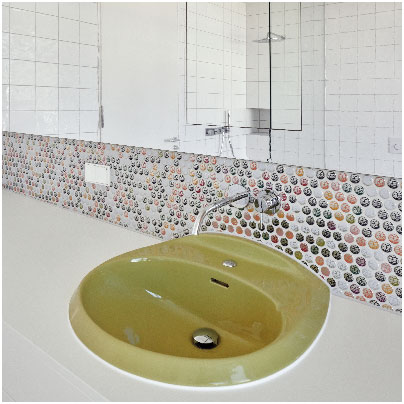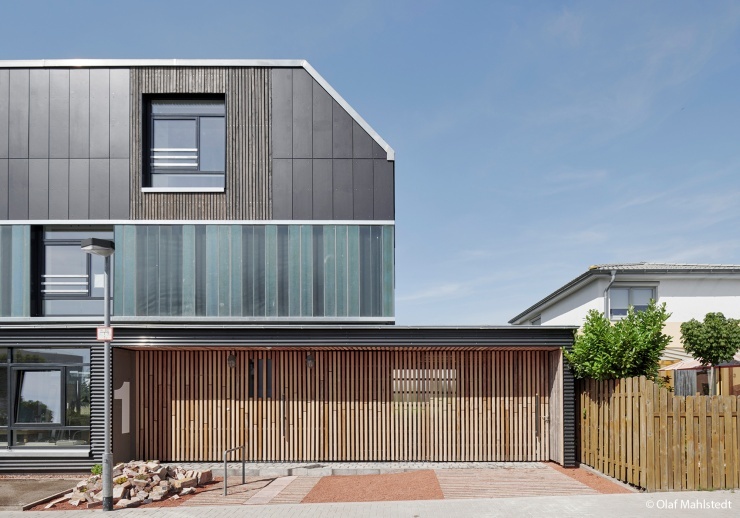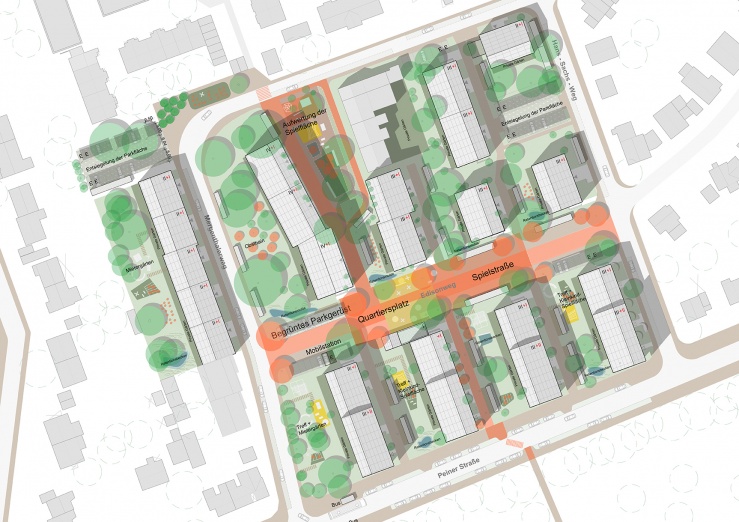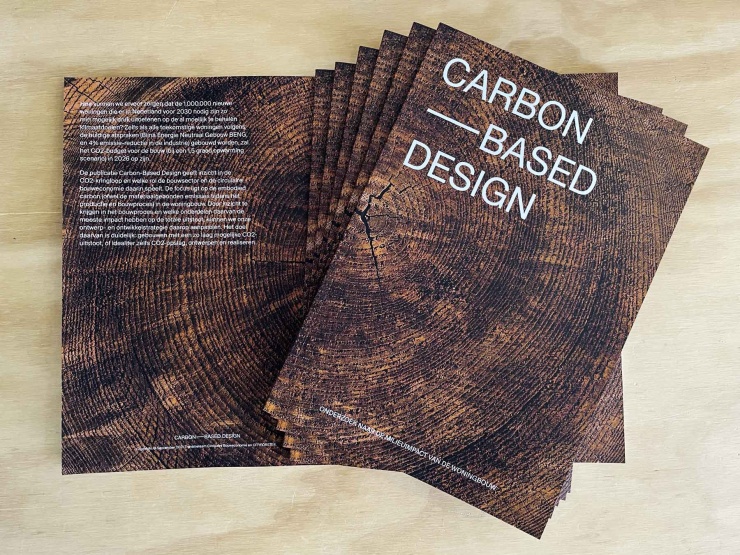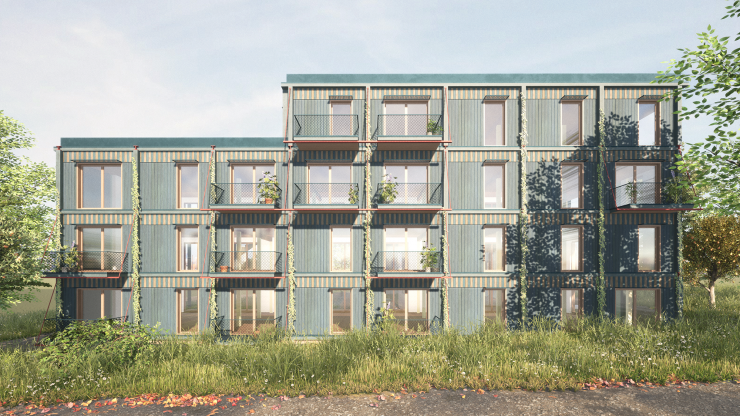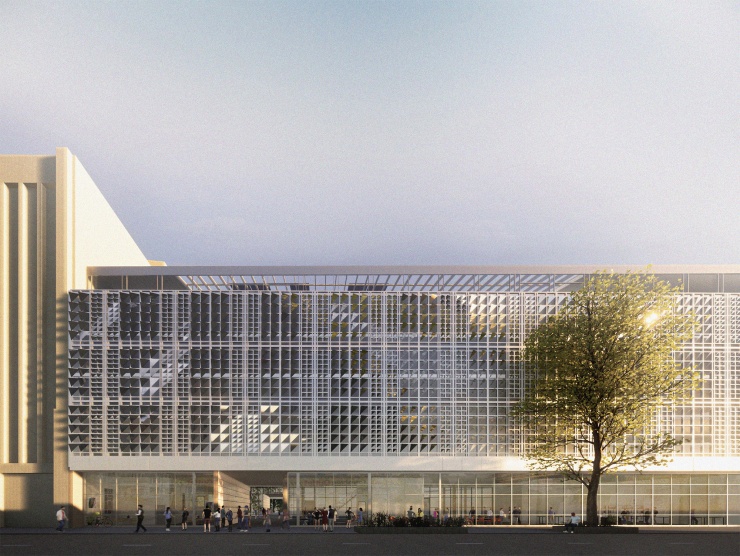Have a look at our re-use projects in more detail:
Re-Use
The building sector is responsible for 38% of global CO2 emissions while also being the largest producer of waste. Although we traditionally have a long investment period, the energy transition, climate adaptation and innovation through rebound effects mean that our buildings and their components are becoming increasingly short-lived. At the same time, global resources are becoming scarce.
We see the existing building stocks as valuable raw material stores. We work intensively on finding solutions and thinking about buildings throughout their complete life cycle and beyond, even during the planning phase. In doing so, we also consider the specific tasks of the individual components and parts, question the service life, think about concepts for extending it and think about the so-called end-of-life scenario. We also pay great attention to the dismantling and reusability of materials, entire components and constructions. We see immense potential in saving CO2 and are convinced that we can reduce emissions. Due to the high mass, there is the possibility, for example, by using renewable raw materials, to actively absorb CO2 from the atmosphere and bind it in the building for the long term.
In this highly dynamic field, we advise our builders on the performance and recyclability of components and develop a new language of form and aesthetics. Together with industry colleagues, we are committed to creating better framework conditions so that reliable databases can be created to provide a clear basis for decision-making. With experimental projects such as the multi-award-winning Recyclinghaus and Carbon-Based Design, we, as pioneers, show the impact that dismantling, flexibility of use and natural raw materials can have.
